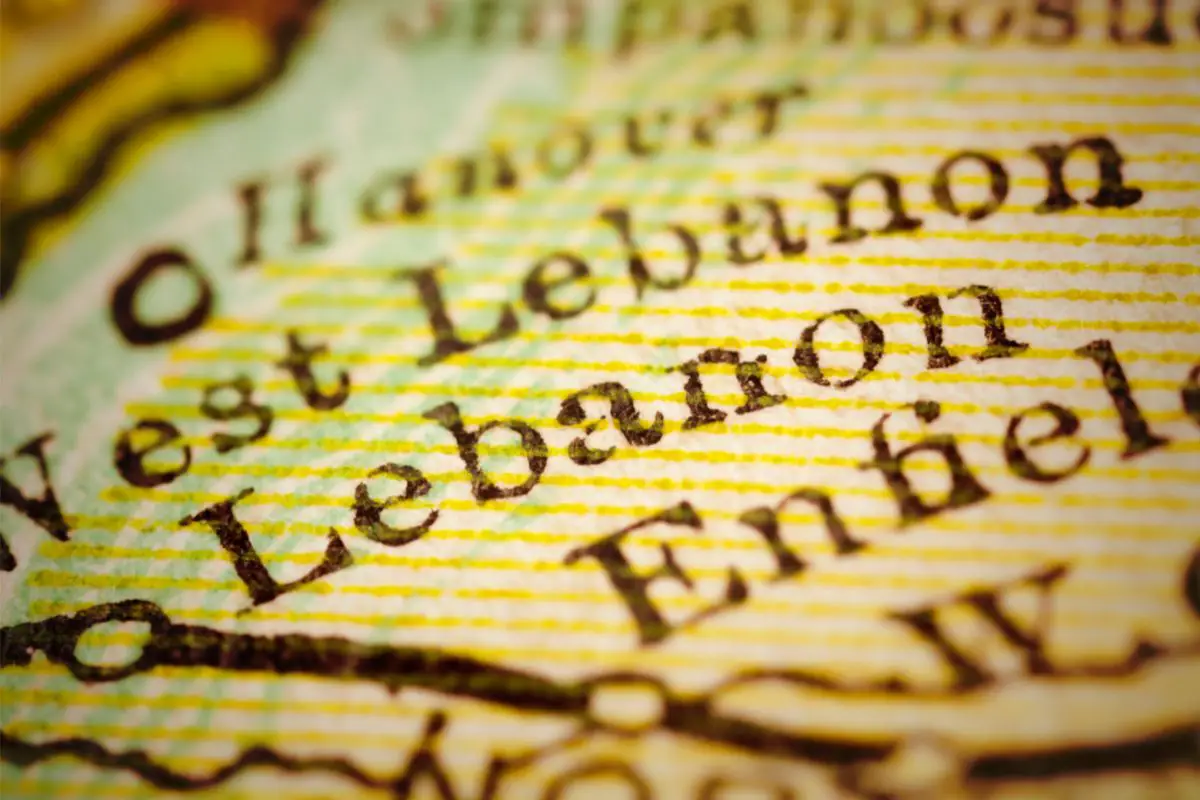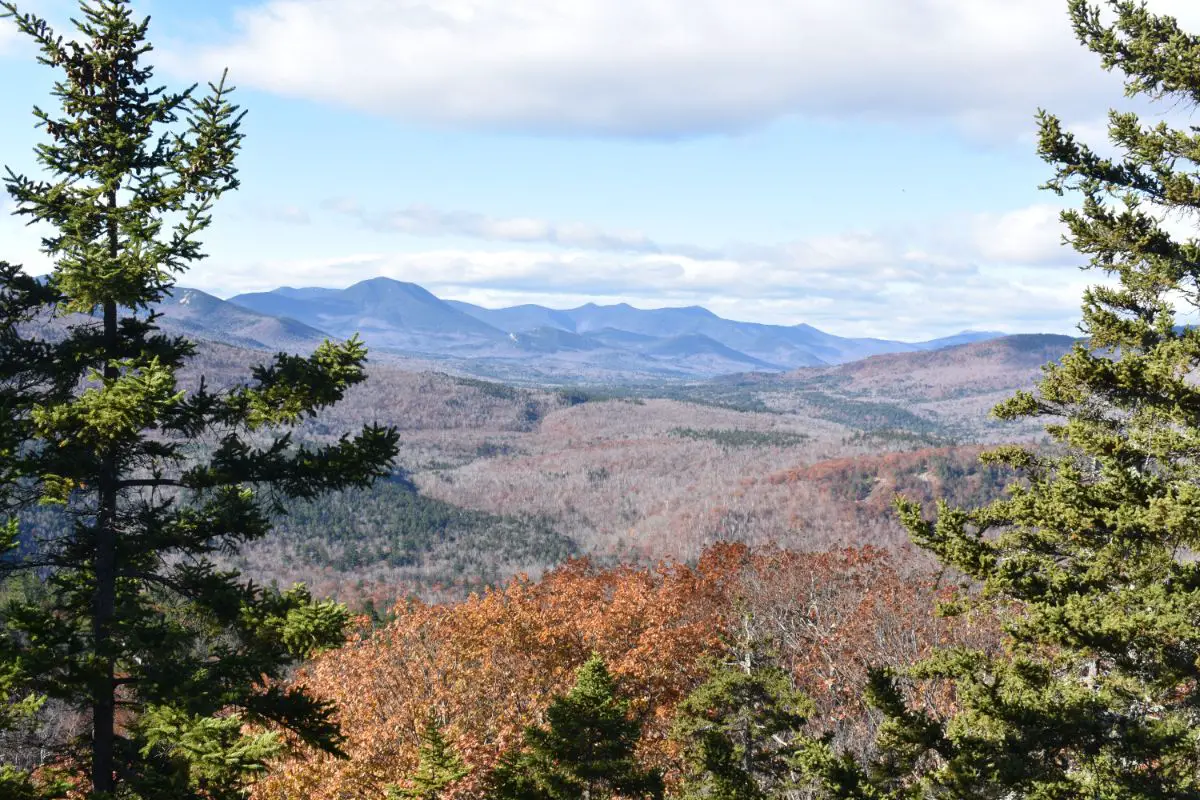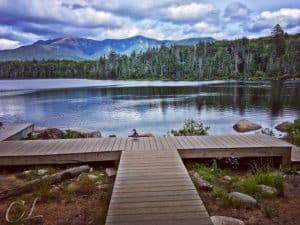The state of New Hampshire is home to lots of fascinating cities, each with their own beautiful landmarks, local culture, and rich history to understand.
However, while notable cities like Portsmouth, Manchester, Hanover, and others might steal the spotlight, it’s important not to forget about Lebanon.

Lebanon is a city located in New Hampshire’s Grafton Country, and it has its own cultures and customs to learn about, as well as an interesting historical background. When was it founded? What historical landmarks does it have to offer?
You’ll find all the answers and more in my detailed guide below, where I present a historical guide to Lebanon, New Hampshire.
By the end, you’ll see that it’s well worth making a visit to Lebanon, whether you’re passing through New Hampshire or you’re already a resident. Read on!
An Overview Of Lebanon In New Hampshire
Lebanon is a city in New Hampshire, located in Grafton Country. As a result, you can find the city in the west side of the state, and it’s quite near to the enormous Connecticut River – the longest river in all of New England.
As of the 2020 census, 14,282 people live in Lebanon. This figure is a small increase from the previous census, completed in 2010, where it was found that 13,151 people live in the city.
By comparison, the New Hampshire city of Manchester has 115,462 people in it, which is the most populated place in the whole state.
That enormous amount is hardly typical, though, because the third highest population, Concord, is much less – 44,232.
The numbers keep dropping, which means that Lebanon itself has actually ended up as the tenth most populated city in New Hampshire.
A History Of Lebanon, New Hampshire
Beginnings
Lebanon was first founded on July 4th 1761, where it was chartered as a town. This was done by Benning Wentworth, a colonial administrator and the governor of New Hampshire at that time.
Interestingly, the town got its name from Lebanon in Connecticut, which itself had been named as a Biblical reference suggested by a Reverend.
Its reason for the name-sharing was because many of the early settlers for Lebanon, New Hampshire had come from that very place in Connecticut, which was situated around 156 miles away.
After that, many would still come from there.
As for these first settlers, they settled down in the areas along the long Connecticut River – which is fitting, almost connecting them to their Connecticut home.
Besides that, they also found themselves living in the Mascoma Lake area, which is now only partly in Lebanon, since the rest is part of the town Enfield.
Development
The town developed over the decades, gaining new settlers and growing in features. In the middle of the 1800s, a mill district was created at the Mascoma River’s falls, and this helped give way to new businesses and jobs.
Interestingly, a lot of the jobs were held by French workers who had come over from Quebec in Canada.
Over time, the district had machine shops, which were small stores that repaired or manufactured things with the use of machines, as well as furniture mills.
In addition to those, there was also a woolen textile mill and a tannery, which would process animal skins for use as leather. Fittingly, there was also a clothing factory.
Perhaps due to the popularity and business, this area soon became the center of the town of Lebanon.
If you wonder why I keep referring to Lebanon as a town, when it’s now a city, it’s because it wasn’t declared a city for quite a while yet.
Economic Decline

Speaking of becoming a city, this re-incorporation was only brought about as recently as 1958, in response to a few factors.
One of them was the decline of the town’s economy, which was partly caused by some unfortunate and damaging fires.
One of these happened in 1964 and it burned down a sizable chunk of the old mill district, impacting the town’s abilities to manufacture and do business as strongly.
The mill district wasn’t the only economic area that had declined, because the railroad hub was also seeing significant downturns.
However, another factor that prompted Lebanon to be reclassified as a city was some trouble in West Lebanon, who had grown frustrated and wanted to be their own town, independent from Lebanon.
Economic Revival
Lebanon’s economy began to pick up, though, when Interstates 89 and 91 were routed through the city, making it far more accessible and connected.
Similarly, a large shopping district was created near another intersection route in the city.
On top of that, Lebanon also became a hub for education, thanks to the expansion of Dartmouth College, which set up a campus for their Medical School in Lebanon in 1991.
The Dartmouth-Hitchcock Medical Center was also part of this move, and the new campus area encouraged some high-tech and medical companies to set up business there too.
What Are Some Historic Landmarks In Lebanon, New Hampshire?
It’s fascinating to learn about the history of Lebanon, New Hampshire, but it can be even better if you’re able to see it in action.
Thankfully, Lebanon has a whole range of great historic landmarks for you to visit, whether you’re a tourist passing through or you’re a Lebanon resident yourself.
I’ve compiled a few of the best spots to see, as well as explaining why each of them is a must-see.
The Wood House
Where? 4 South Park Street
Though this house was originally built in 1830, it’s said that some parts of it date back as far as the late 1700s, which is why we’ve included it in this list.
It’s a fascinating house with a lot of history to it, and it’s mostly modeled in Transitional Federal Greek Revival style. Unfortunately, a fire damaged the house and it had to be restored in 1991, but you’ll still be able to see history there.
The First Congregational Church
Where? 10 South Park Street
Close by to the Wood House, this church was also built in the Federal style. This was built all the way back in 1800, giving it a lot of history, and it’s got a beautiful sense of symmetry to its front.
Though it’s had bits added on since, you’ll still find that the outside of the sanctuary is still a document of New Hampshire history.
Lebanon City Hall
Where? 51 North park Street
A later addition, this hall was built around 1923, and it’s a key feature of Lebanon’s city center – as you would expect from a city hall.
It’s designed in the New Federal style, and thankfully the building is young enough that it’s almost exactly as it was almost a century ago.
Soldiers Memorial Building
Where? North Park Street
This is seemingly the first of its kind in New Hampshire, and it was built between 1886 and 1890.
Civil War Veterans built it, the building acting as a memorial to their fallen friends. Nowadays, the building is a memorial to all soldiers.
Final Thoughts
Lebanon in New Hampshire has plenty of really fascinating history to it, as well as interesting landmarks.



